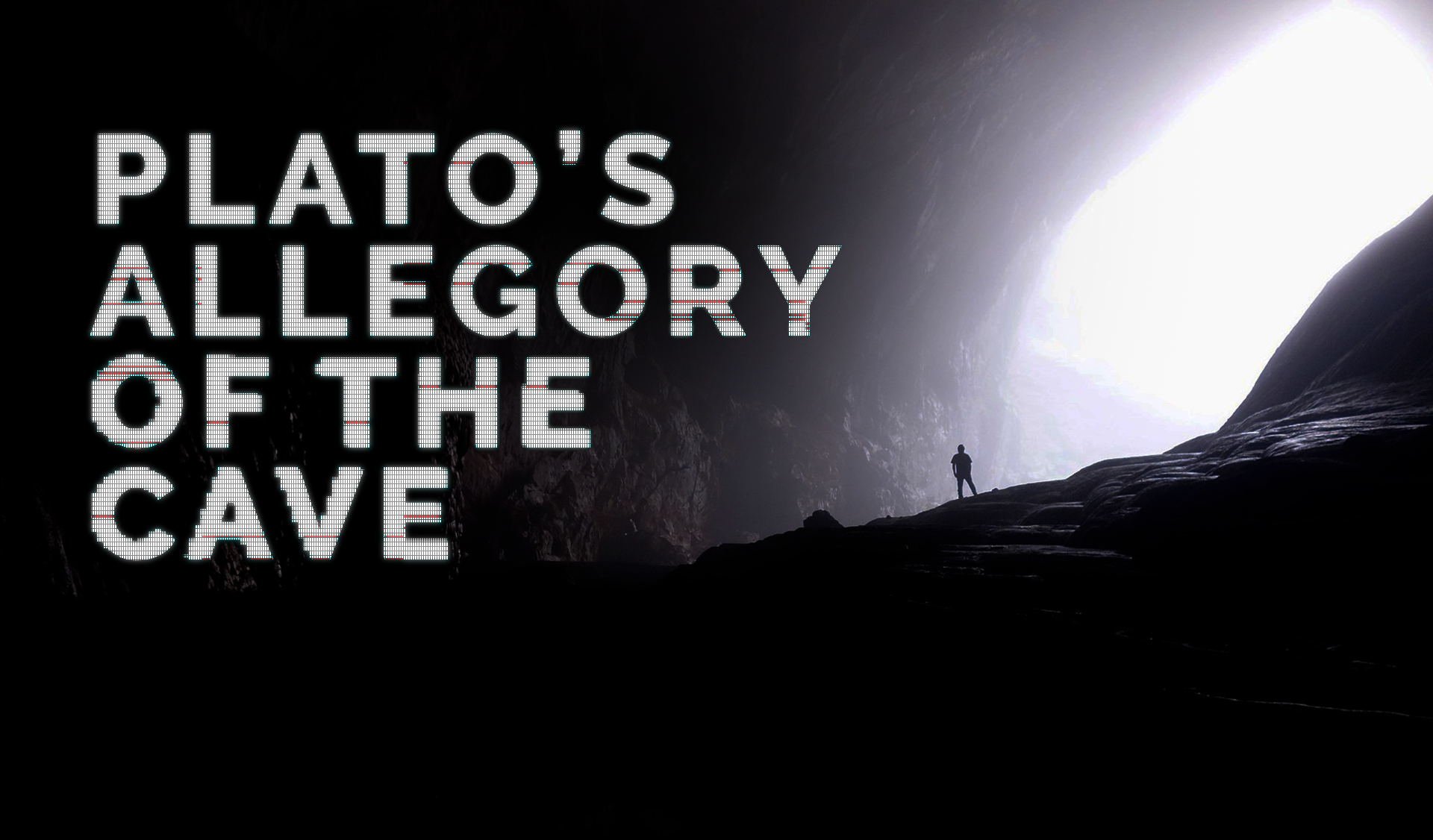

It is only by reflecting on these instantiations of what we see to be good, that we can start to consider what may be good in itself.

Our initial experience is only of the good as reflected in an earthly, embodied manner. The text demonstrates that the Idea of the Good (Plato capitalises these concepts in order to elevate their significance and refer to the idea in itself rather than any one particular instantiation of that concept), which we are all seeking, is only grasped with much effort. There are multiple readings of this allegory. Socrates concludes that the prisoners would surely try to kill one who tried to release them, forcing them into the painful, glaring sun, talking of such things that had never been seen or experienced by those in the cave. The remaining prisoners certainly would not wish to be like the individual who returned, suddenly not knowing anything about the shadows on the cave wall!
#Plato allegory of the cave free
If this free individual tried to tell the other prisoners of what they had seen, would they be believed? Could they ever return to be like the others? The other prisoners may pity them, thinking they have lost rather than gained knowledge. They may no longer be any good at the game of guessing what the shadows were – because they are only pale imitations of actual objects in the world. Yet, if this same person returned to the dimly lit cave, they would struggle to see what they previously took for granted as all that existed. They would feel as though they now have an even better understanding of the world. The liberated one stumbles around, looking firstly only at reflections of things, such as in the water, then at the flowers and trees themselves, and, eventually, at the sun. This first stage of freedom is further enhanced as the former prisoner leaves the cave (they must be forced, as they do not wish to leave that which they know), initially painfully blinded by the bright light of the sun. While the prisoner’s eyes would take some time to adjust, it is imagined that they now feel they have a better understanding of what was causing the shadows, the noises, and they may feel superior to the other prisoners. Socrates tells of one prisoner being unshackled and released, turning to see the low wall, the objects that cast the shadows, the source of the noises as well as the fire. But the only experience of a ‘book’ that these people have is its shadow.Īfter suggesting that these prisoners are much like us – like all human beings – the narrative continues. They imagine the prisoners playing games that include naming and identifying the shadows as objects – such as a book, for instance – when its corresponding shadow flickers against the cave wall. Socrates and Glaucon agree that the prisoners would believe the shadows are making the sounds they hear. What might the prisoners make of these shadows, of the noises, when they can never turn their heads to see the objects or what is behind them? Those carrying the objects may be talking, or making noises, or they may be silent. Rather like a shadow puppet play, objects are carried before the fire, from behind the low wall, casting shadows on the wall of the cave for the prisoners to see. There is a fire behind them, and between these prisoners and the fire, there is a low wall. The people have been in this dwelling since childhood, shackled by the legs and neck, such that they cannot move nor turn their heads to look around. Imagine a number of people living in an underground cave, which has an entrance that opens towards the daylight. Plato’s Republic is the best known of these and, in book VII, Socrates presents Glaucon (Plato’s older brother) with an unusual image: In these Socratic Dialogues, Socrates argues with his interlocutors in an effort to seek truth, meaning, and knowledge. We have a record of Socrates’ (469-399 BCE) oral teachings through the writings of his student, Plato (427-347 BCE). Western philosophy may be traced back to Ancient Greece.

This story offers the reader an insight into one of Plato’s central concepts, namely, that eternal and unchanging ideas exist in an intellectual realm which we can only access through pure Reason. Plato’s allegory of the cave is a classical philosophical thought experiment designed to probe our intuitions about epistemology– the study of knowledge.


 0 kommentar(er)
0 kommentar(er)
